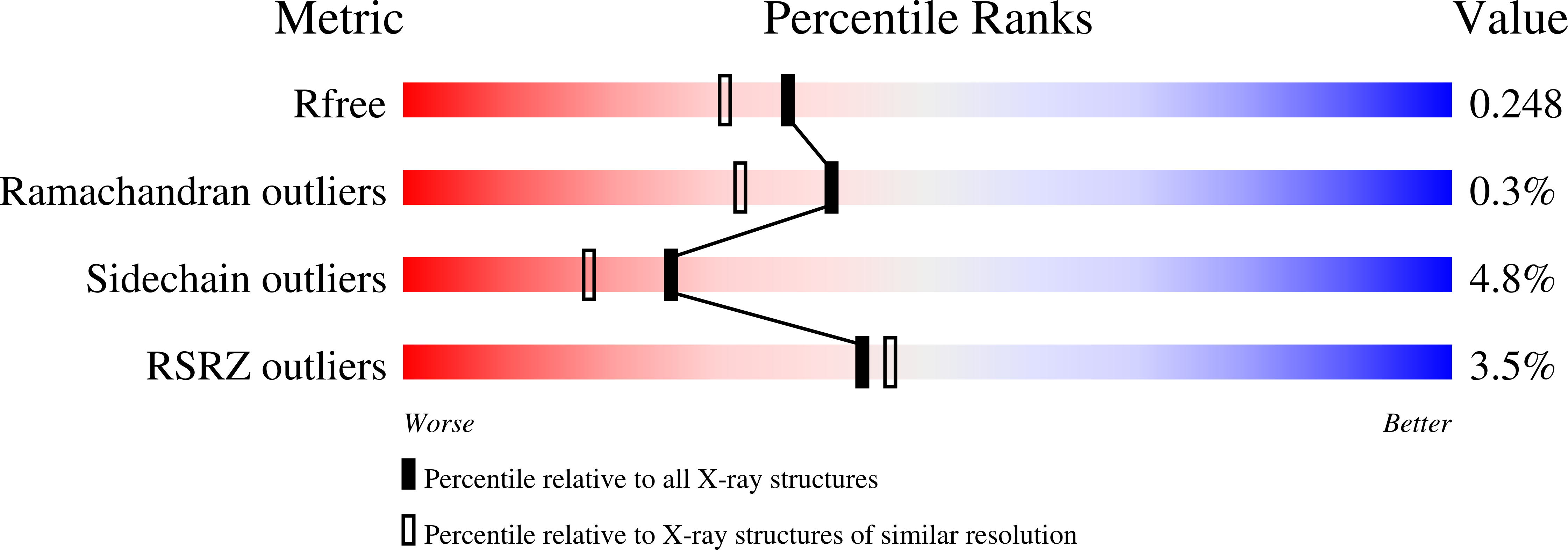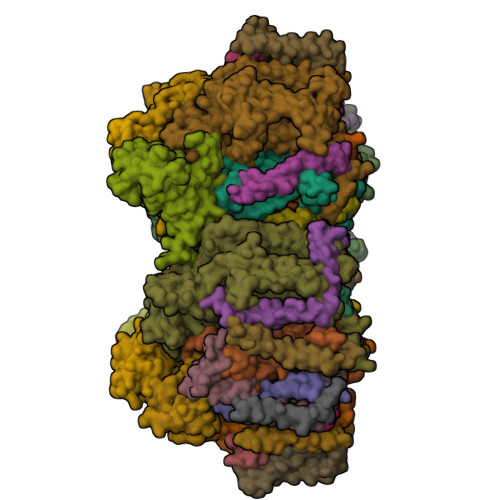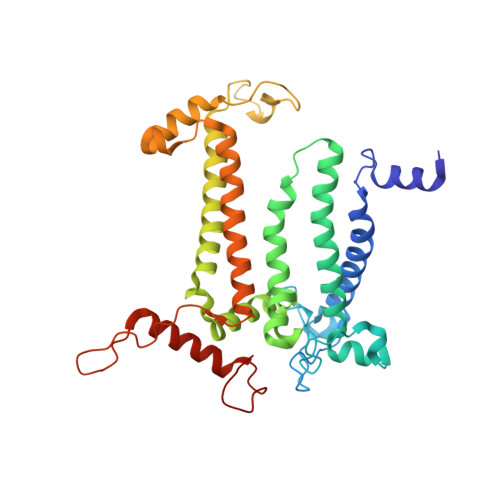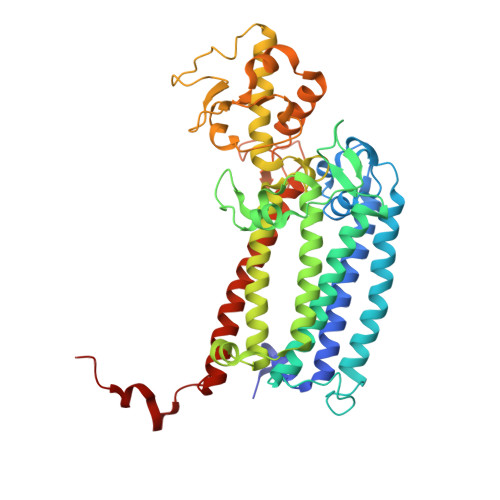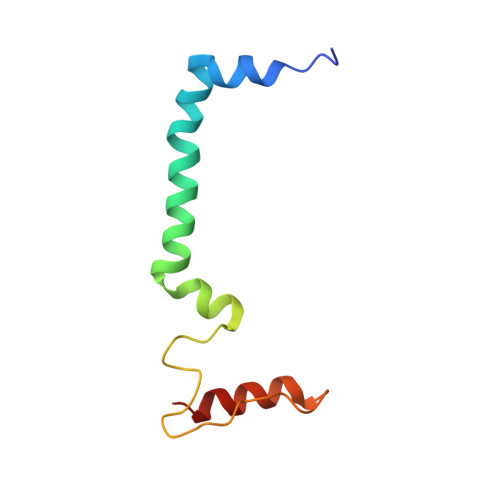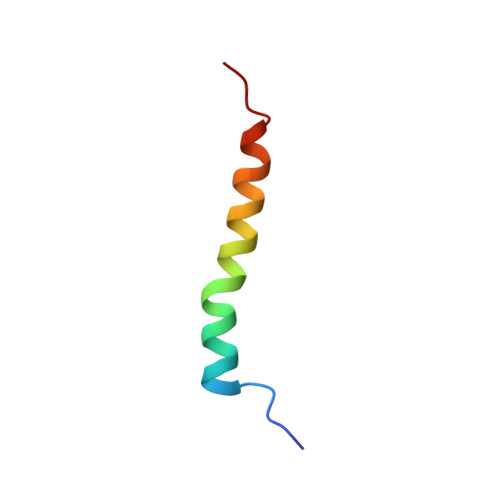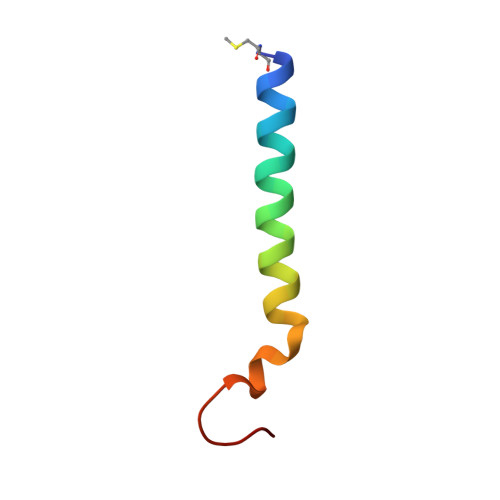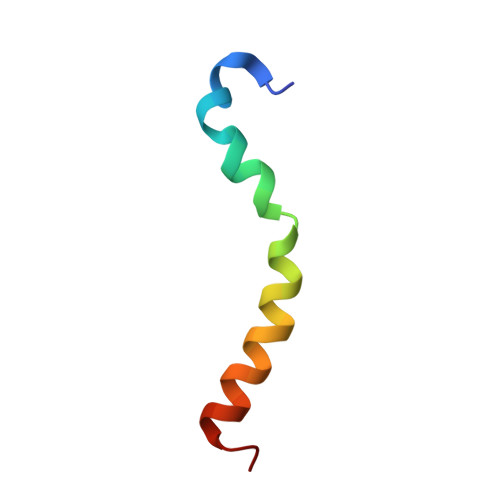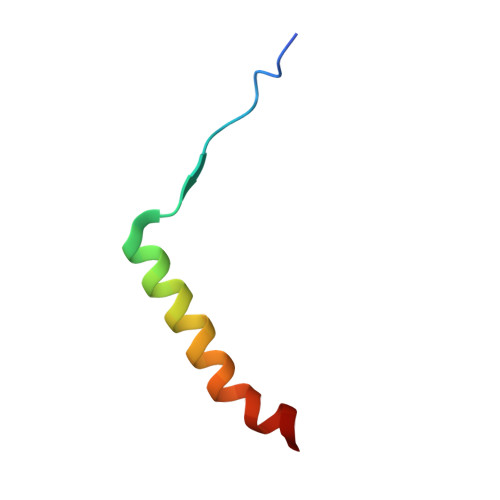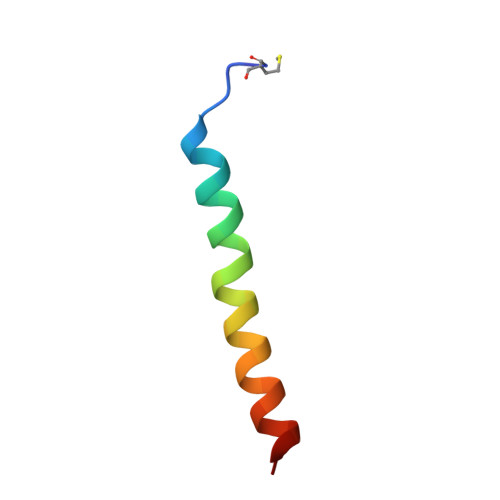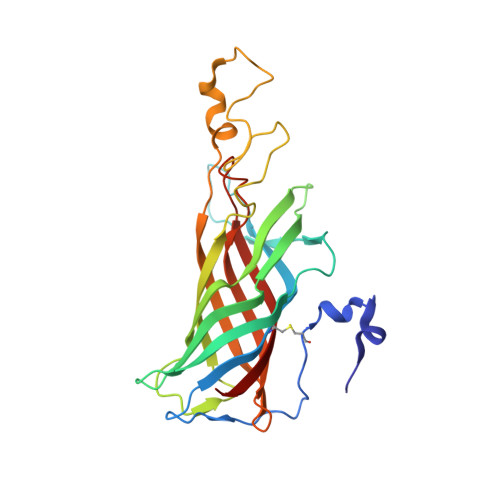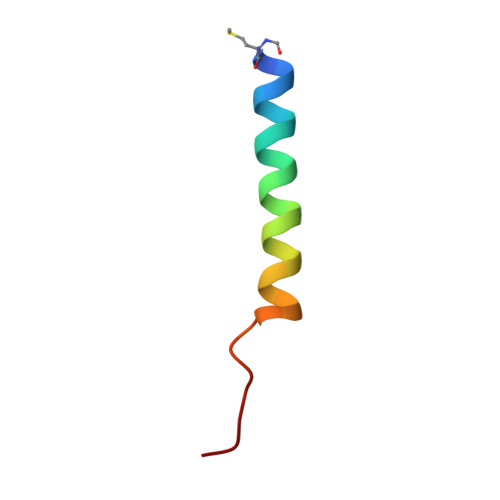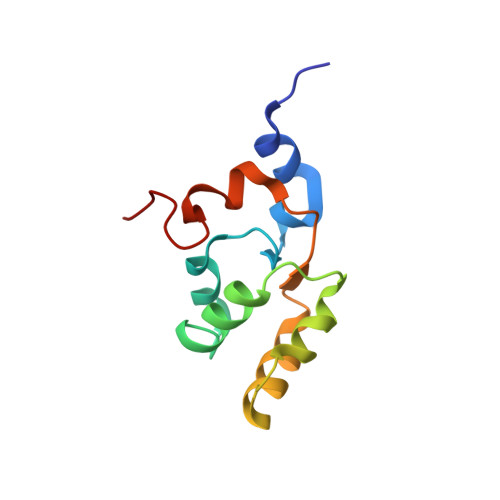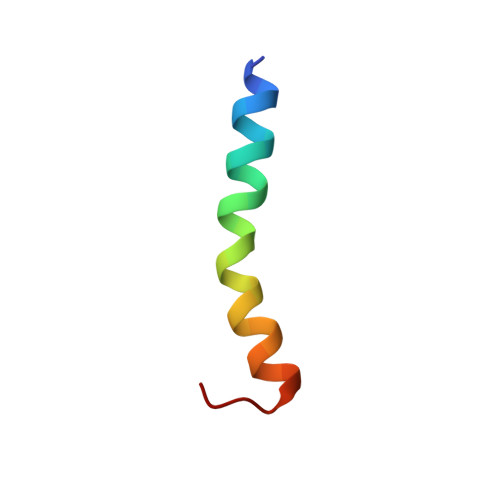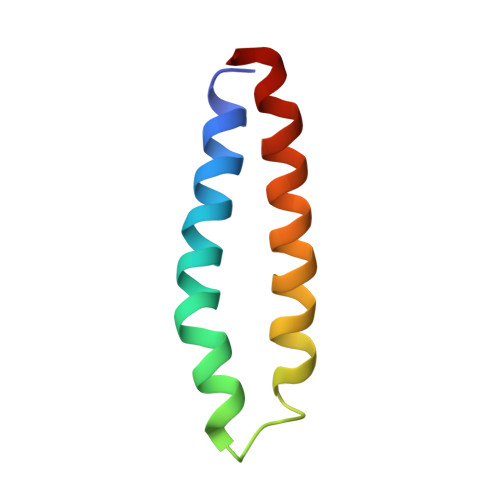Structures of the intermediates of Kok's photosynthetic water oxidation clock.
Kern, J., Chatterjee, R., Young, I.D., Fuller, F.D., Lassalle, L., Ibrahim, M., Gul, S., Fransson, T., Brewster, A.S., Alonso-Mori, R., Hussein, R., Zhang, M., Douthit, L., de Lichtenberg, C., Cheah, M.H., Shevela, D., Wersig, J., Seuffert, I., Sokaras, D., Pastor, E., Weninger, C., Kroll, T., Sierra, R.G., Aller, P., Butryn, A., Orville, A.M., Liang, M., Batyuk, A., Koglin, J.E., Carbajo, S., Boutet, S., Moriarty, N.W., Holton, J.M., Dobbek, H., Adams, P.D., Bergmann, U., Sauter, N.K., Zouni, A., Messinger, J., Yano, J., Yachandra, V.K.(2018) Nature 563: 421-425
- PubMed: 30405241
- DOI: https://doi.org/10.1038/s41586-018-0681-2
- Primary Citation of Related Structures:
6DHE, 6DHF, 6DHG, 6DHH, 6DHO, 6DHP - PubMed Abstract:
Inspired by the period-four oscillation in flash-induced oxygen evolution of photosystem II discovered by Joliot in 1969, Kok performed additional experiments and proposed a five-state kinetic model for photosynthetic oxygen evolution, known as Kok's S-state clock or cycle 1,2 . The model comprises four (meta)stable intermediates (S 0 , S 1 , S 2 and S 3 ) and one transient S 4 state, which precedes dioxygen formation occurring in a concerted reaction from two water-derived oxygens bound at an oxo-bridged tetra manganese calcium (Mn 4 CaO 5 ) cluster in the oxygen-evolving complex 3-7 . This reaction is coupled to the two-step reduction and protonation of the mobile plastoquinone Q B at the acceptor side of PSII. Here, using serial femtosecond X-ray crystallography and simultaneous X-ray emission spectroscopy with multi-flash visible laser excitation at room temperature, we visualize all (meta)stable states of Kok's cycle as high-resolution structures (2.04-2.08 Å). In addition, we report structures of two transient states at 150 and 400 µs, revealing notable structural changes including the binding of one additional 'water', Ox, during the S 2 →S 3 state transition. Our results suggest that one water ligand to calcium (W3) is directly involved in substrate delivery. The binding of the additional oxygen Ox in the S 3 state between Ca and Mn1 supports O-O bond formation mechanisms involving O5 as one substrate, where Ox is either the other substrate oxygen or is perfectly positioned to refill the O5 position during O 2 release. Thus, our results exclude peroxo-bond formation in the S 3 state, and the nucleophilic attack of W3 onto W2 is unlikely.
Organizational Affiliation:
Molecular Biophysics and Integrated Bioimaging Division, Lawrence Berkeley National Laboratory, Berkeley, CA, USA.







